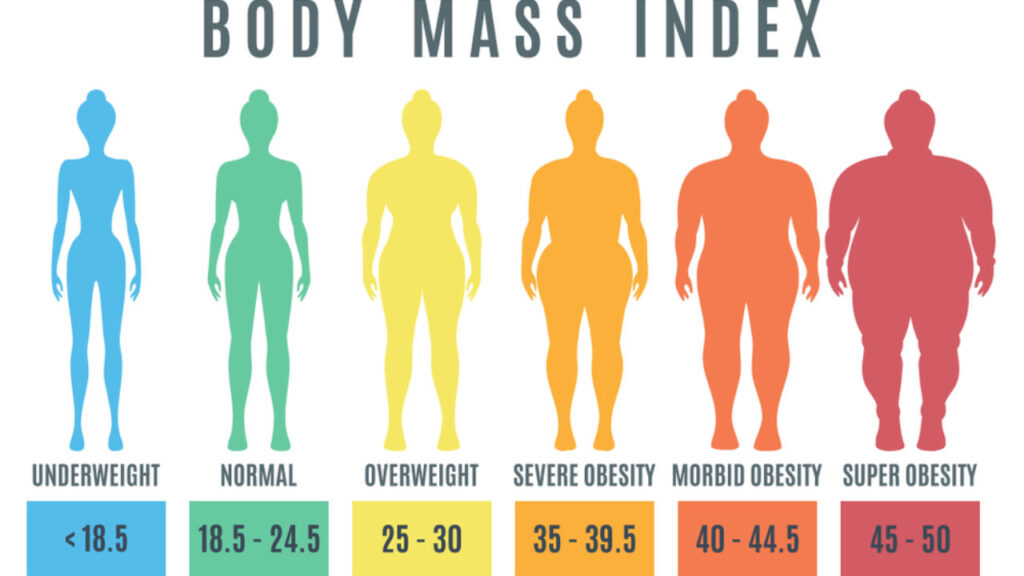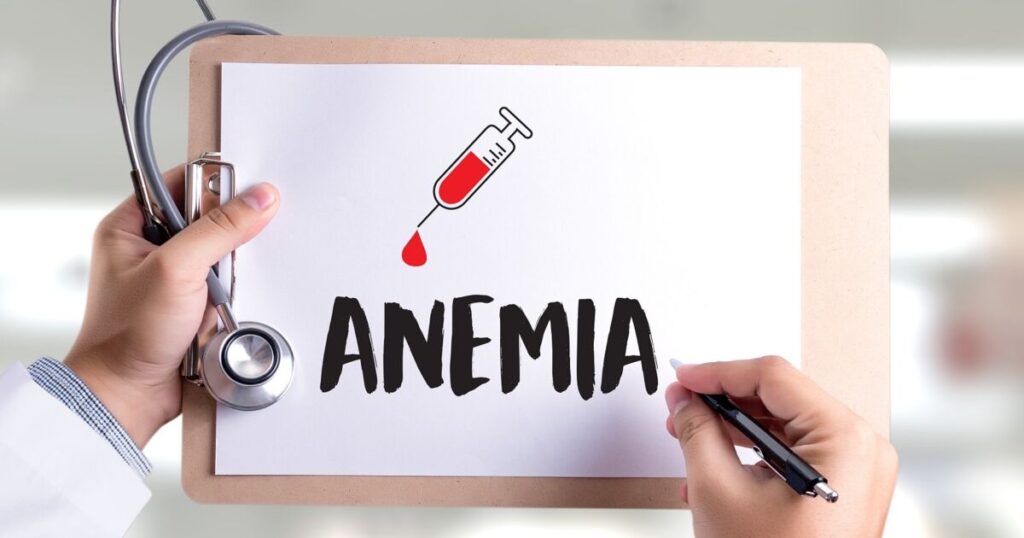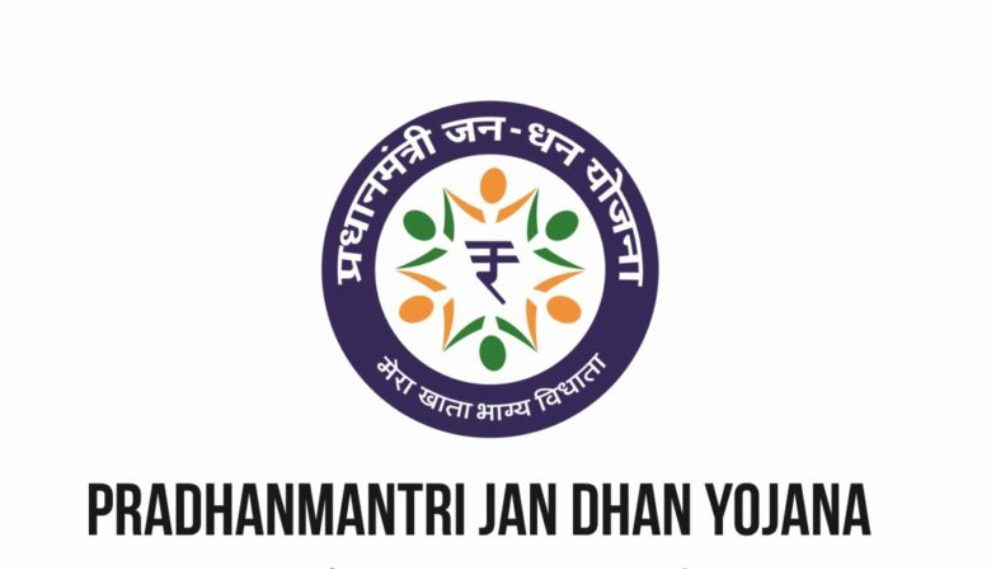Pradeep Kumar Panda
Malnutrition is a dual problem that either results in under nutrition or obesity /overweight. The second form of malnutrition is less studied and the research in this area is emerging in the recent past only with growing obesity across the world.
Often malnutrition is understood as lack of nutrients that ill affects the individuals’ health and is taken as synonym to under nutrition. It is a result of a set of nutritional related deficiencies and lead to spectrum of disorders related to nutritional deficiencies. It causes iodine deficiency disorders like hypothyroidism, Goitre, Protein energy malnutrition, affects the eyesight as a result of vitamin A deficiency, iron deficiency anemia, compromised immune function and results in many other non- communicable diseases such as osteoporosis, week digestive system and also results in fetal growth retardation in pregnant women.
Malnutrition status of women is very important because it is through women and her children that the effect of malnutrition is propagated to future generation. A malnourished mother gives birth to a low weight child who is more prone to diseases and negatively effects the future economic growth and development of the family and the society and continues the vicious circle of poverty and malnourishment.

According to NFHS 4, in India 23.9% of women suffers from under nutrition and more that 50% of all women age 15-49 years are anaemic in 2015-16 which is marginally low (2.2%) than what it was in 2005-06. About 7% of women age 15-49 years suffers from hypertension for which the percentage in urban areas (7.3%) is higher than that in rural areas (6.5%). BMI data reveals the increasing double burden of malnutrition among women in India. 20.6% of women population is obese in 2015-16 as compared to 14.8% in 2005-06. The problem is much intense in urban areas. On the other hand we witness a fall in under nutrition among women from more than 30% to 22.9% in 2015 -16.
The nutritional status of adults is measured by his/her BMI. A BMI below 18.5 Kg/m2 reflects undernourishment and a BMI greater than 25 kg/m2 reflects obesity. The latest NFHS 4 data clearly shows that today India suffers from the dual burden of malnutrition where there coexists undernourished with over nourished or obese population.

Percentage of obesity among women has remarkably increased from 14.8% in 2005-06 to 20.6% in 2015-16 and the increase in witnessed in urban as well as rural India. This definitely points out the problem which is recently emerging and requires attention from the researchers and the policy makers. On the other hand there is a fall in the percentage of undernourished women from 33% to 22.9% between 2005-06 to 2015-16, the fall is witnessed in both rural and urban areas . We are witnessing the dual burden where there exist large percentage of undernourished women 22.9% of which 26.7% of rural and 15.5% of urban women is undernourished along with equal percentage of obese women population (20.6%). It is important to notice here that a large chunk of urban women is obese (31.3%) as compare to rural area (15%). On the other hand undernourishment is greater among rural than urban women. 26.7% of rural women is malnourished against 15.5% of urban. This makes us conclude that the intensity of the problem of obesity is relatively higher in urban areas and that of under nutrition is higher in rural areas.
Another silent health problem that most of the women in India are facing is Anaemia. It is found to be present in large proportion among undernourished as well as obese women. It measures lack of iron which is one of the most important nutrients for a healthy body. Malnourishment among women as measured by anaemia is present in both urban and rural India and need to be addressed independently as it cannot be solely attributed to income inequality.

A large proportion of urban (51%) and rural (54.4%) non pregnant women age 15-49 years are anaemic. The scenario is somewhat similar in case of pregnant women for which the figures are (45.8%) urban and (52.2%) rural. It is slightly higher in rural areas against urban area. The percentage of women with anaemia have showed a marginal decline when we compare the figures of NFHS 4 and NFHS 3, it has fallen from 56.2% to 53.2% among non-pregnant women and witnessed a fall of around 7.5 percentage points from 57.9% to 50.4% among pregnant women. This fall cannot be taken as satisfactory and requires the attention from health professionals and researchers in this area to target the problem effectively and look for possible solutions through integrated policy framework which aims to promote healthy life and a healthy lifestyle.
The women health in India is in a bad state even though the data reveals slight improvement in some key indicators of women health and nutritional status. We now analyze the socio economic factors that are expected to influence nutritional status directly. There is little improvement over the two periods of NFHS 3 (2005-06) and NFHS 4 (2015-16). For instance, female population above 6 years of age who ever attended school increased from 58.3% in 2005-06 to 68.8% in 2015-16. There is also an increase in percentage of women with 10 or more years of schooling but still only one third of women population have 10 or more years of schooling experience. This reflects the lack of accessibility to education in true sense to a larger proportion of the total population of our country.
The relationship between health and education is proven by many studies. Larger reforms in education, especially women education will create ripple effects in diverse areas including health which will thus impact the economic growth and development of our country. Factors related to women empowerment have shown improvement over the period. One of the factors which has shown a major change is a large increase in percentage of women having a bank account which they themselves operate to 53% from 15% in 2005-06.
This suggests the impact of the government initiative on digitalization of the economy and schemes like Pradhan Mantri Jan Dhan Yojna which certainly have resulted in such massive increase in the percentage of women holding bank accounts. The increase has been witnessed in both urban and rural areas. Other indicators like spousal violence have also shown a decline over the period but is more widespread in rural areas (34.1%) as compare to urban areas (25.3%). More than 80% of women (both rural and urban) accepted that they participate in household decision making as oppose to approximately 75% in 2004-06. Thus the women empowerment indicators definitely have shown improvement over the years and can be accepted as important socio economic factors adds to the explanation of falling under nutrition among women over this period.

Though there is marginal fall in the rate of under nutrition among women but still the percentage of under nourishment among Indian women is high. Along with this we are witnessing a rapid increase in obesity among women. In order to understand the pattern of under nutrition and obesity in India we now do a state level analysis to figure out the states with maximum and minimum number of malnourished women. We will classify the states as top rung, upper middle rung, lower middle rung and bottom rung based on health and wellbeing of women.
Jharkhand, Bihar, Madhya Pradesh, Gujarat, Rajasthan, Chhattisgarh, Odisha, Assam and Uttar Pradesh have more than one fourth of its women population being under nourished and are classified as the bottom rung states. The states with more than 15% to 20% of undernourished women forms the lower middle rung, it consists of Maharashtra, Telangana, West Bengal, Karnataka, Tripura, Uttarakhand, Andhra Pradesh, Himachal Pradesh and Haryana. If we look at child malnutrition and women malnutrition we find high degree of association between both because the states with high degree of women under nutrition is also the ones with high degree of child malnutrition. This indicates the relationship between women and Child health. The exceptions are Meghalaya and Delhi where now the proportion of women with obesity is a greater than those suffering from under nutrition.
Looking into the second side of the problem, obesity is on rise in all the states of India and has increased at a rapid rate between NFHS 3 and NFHS4. The states with high level of obesity of about one third or more of women in the state being obese are Chandigarh followed by Delhi, Goa, Andhra Pradesh, Kerala, Andaman ad Nicobar, Punjab and Tamil Nadu. Other states with almost one fourth of women being obese are Jammu and Kashmir, Himachal Pradesh , Telangana, Sikkim, Manipur, Gujarat, Maharashtra, Karnataka and Haryana. These states together builds up the bottom rung and the lower middle rung. It is lowest in states of Chattisgarh, Bihar and Jharkhand which are basically the states with high percentage of under nutrition. This pattern is quite obvious because the dominant factors in these states are those that leads to high degree of under nutrition, for instance these are poor states of India with low GDP and growth rates. Also there are states like Delhi, Tamil Nadu, Goa etc. which has high percentage of under nourished women and Children along with high obesity. This points out towards a need of dual setup program to target two opposite problems coexisting at the same time.

Under nutrition among women is higher is rural areas as compare to urban areas. The difference in percentage of undernourished women between rural and urban areas has been as high as 16% in Gujarat. There exist large variation is proportion of under nourished women in rural and urban areas. The other states in which the difference in the proportion of under nourished women is high are Jharkhand, Maharashtra, Telengana, Odisha and Chattisgarh. On the other hand the problem of obesity is primarily concentrated in urban areas. There is an excess of proportion of obese women in urban areas over rural areas for all the states. The urban excess over rural in proportion of obesity among women is largest in the following states: Telangana, Gujarat, Odisha and Maharashtra. The urban excess over rural is more than 10% for almost all states of India.
Data reveals improvement in selected socio economic factors that are linked to women health and nutritional wellbeing over the period 2005-06 to 2015-16. The data also suggests low rate of improvement in rural areas as compare to urban areas with respect to these selected indicators which again can be accepted partially as a reason for high malnutrition rate among women in rural areas as compare to urban areas. The current scenario though have witnessed improvement over the past but still suggest lack of reach of basic health services and a scope for further improvement with respect to some key indicators like literacy rate and other factors determining women empowerment which directly impacts women nutritional and well being status.

The current scenario of health and nutrition doesn’t give us a chance to appreciate lower under nutrition in some states because these same states are the one which have the highest proportion of obesity. Clearly we can make the observation that today obesity among women is extremely high especially in the high income states like Delhi, Chandigarh, and Punjab etc. It needs attention because this is the new emerging health problem accompanying prosperity across states and is definitely a bigger threat in near future if not controlled as obesity leads to many serious health problems and shall lead to a negative impact on working capacity and hence growth. This demands a deeper analysis of the problem.
Obesity is highly concentrated in urban areas and the policies and targeting of the group should be framed accordingly to the data revelation for solving the dual problem of high under nutrition which shows an excess in rural areas and the problem of obesity which shows an excess in urban areas. There is a precipitous rise in obesity and fall in proportion of under nutrition among women in all states.
Today more than one third proportion of obese women coexists with more than one fifth proportion of under nourished women in most states of India. This scenario cannot be treated as satisfactory and needs to be addressed with a dual kind of policy framework targeting under nutrition on one hand and overweight and obesity on the other hand.
(Author is an Economist based in New Delhi. Views are personal.)






















